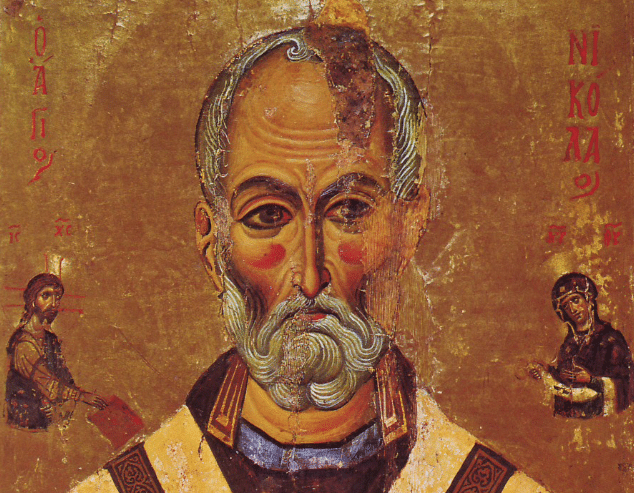
Advent with Saint Nicholas
It’s well known that Saint Nicholas, a sixth-century bishop, is behind our use of the secular “icon” of Christmas, Santa Claus. The legends of Nicholas involve his generosity to those in need.
Find what you’re looking for

It’s well known that Saint Nicholas, a sixth-century bishop, is behind our use of the secular “icon” of Christmas, Santa Claus. The legends of Nicholas involve his generosity to those in need.

Saint Francis could have become a carnival sideshow all by himself if he had failed to foster an attitude of humility.

We may read volumes and volumes on the art of swimming, yet we’ll never understand what swimming is like unless we get wet. So we may read all the books ever written on the love of God and never understand loving unless we love. Where love is genuine, belonging is always mutual. It is like submerging ourselves into an ocean of sublime grace.
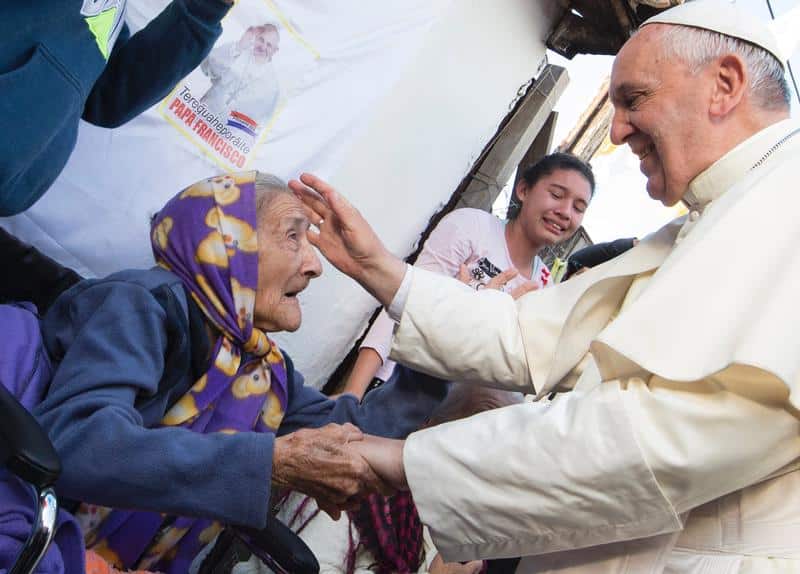
I prefer a Church which is bruised, hurting, and dirty because it has been out on the streets, rather than a Church which is unhealthy from clinging to its own security.
My hope is that we will be moved by the fear of remaining shut up within structures which give us a false sense of security, within rules which make us harsh judges, within habits which make us feel safe, while at our door people are starving.
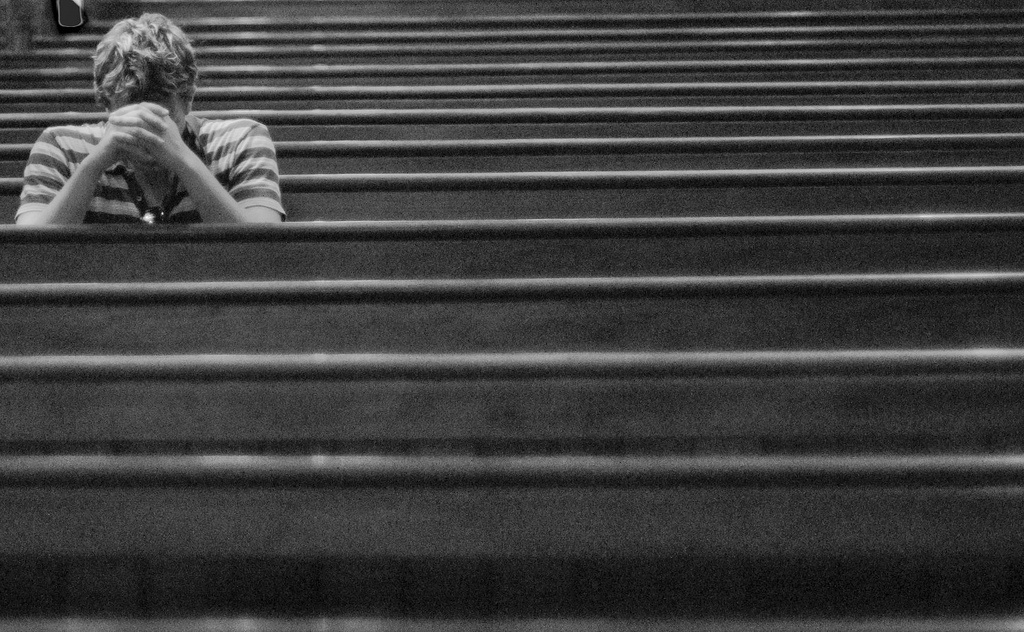
Since every thing, every person, every situation comes from God, the whole world is Word by which we can live. We need only “taste and see how good God is.” We do this with all our senses. Through whatever we taste or touch, smell, hear, or see, God’s love can nourish us. For the one creating and redeeming Word is spelled out to us in ever new ways.
God, who is love, has nothing else to say in all eternity but “I love you.”

Every family is a work in progress, but each one can move toward wholeness. Circumstances differ, but every family needs peace, love, and trust. Christian hope springs from belief in God’s presence during life’s high and low points.
In the struggle for wholeness, families become holy and generate holiness in others. Holy families, not perfect families, are sources of hope to those facing dark and painful times.
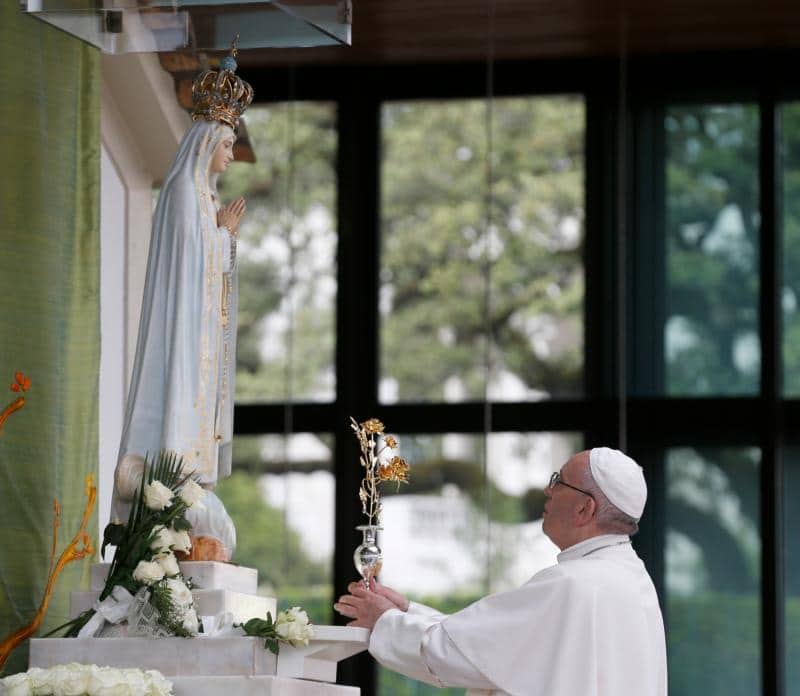
The attitude of Mary shows us that being comes before doing, and to leave the doing to God in order to be truly as he wants us. Mary is receptive, but not passive. Because, on the physical level, she receives the power of the Holy Spirit and then gives flesh and blood to the Son of God who forms within her. Thus, on the spiritual level, she accepts the grace and corresponds to it with faith.
She conceived first faith and then the Lord. This mystery of the acceptance of grace, which in Mary was without sin, is a possibility for all.
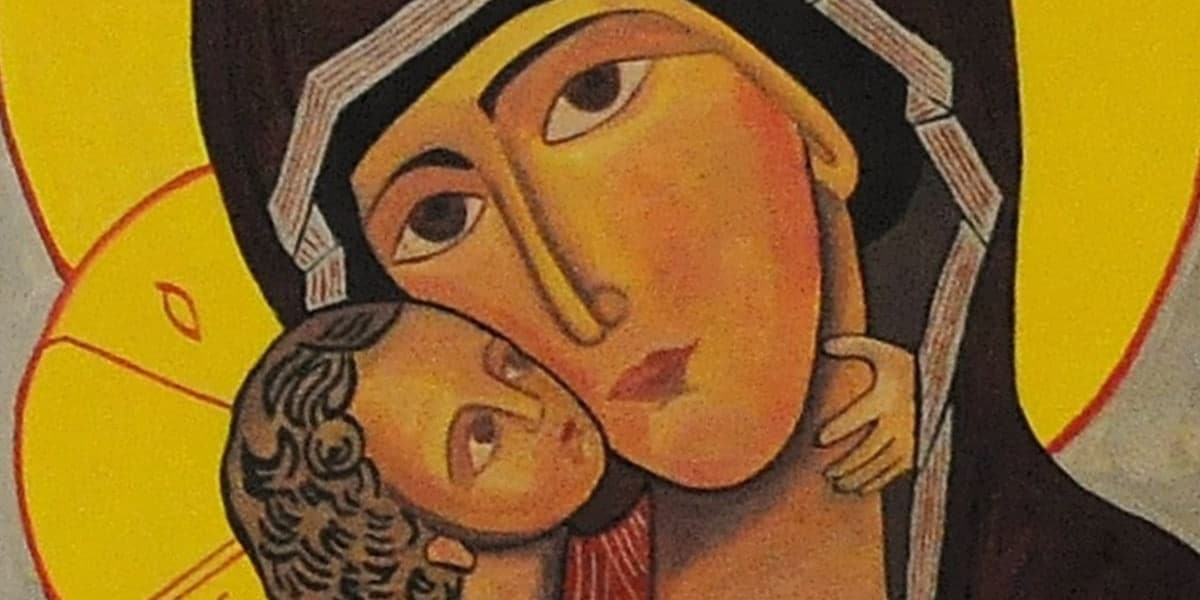
When God became flesh, became one of us, he took on that flesh through this young woman with a spirit open to surprise and wonder and possibility.

Saint Francis of Assisi once summed up the mission of the community he founded. “Brothers,” he said, “we have been called to heal wounds, to unite what has fallen apart, and to bring home those who have lost their way.”

This is a time of year when the chill of the air is balanced out by the warmth of fond memories and earnest hopes for the future. The joy and promise of Jesus’ birth are shining lights for us to hold on to as the days grow short and the nights long. It should be a happy time. It’s also a time to look back on the past year and make some assessments, both personally and beyond.

28 W. Liberty Street
Cincinnati, OH 45202
513-241-5615
info@franciscanmedia.org
Customer Service:
cservice@franciscanmedia.org
Technical Questions:
support@franciscanmedia.org
Writer’s Guidelines
Privacy Policy
Post a Prayer Request
Webmaster Login